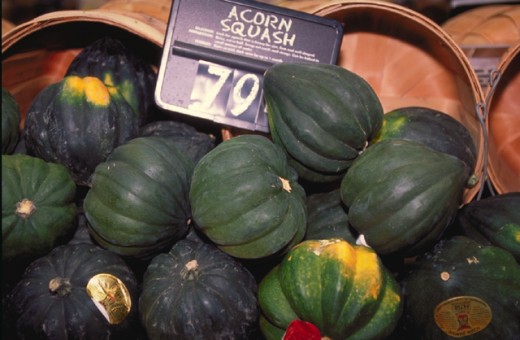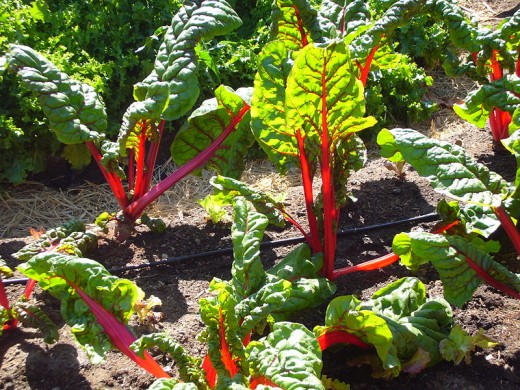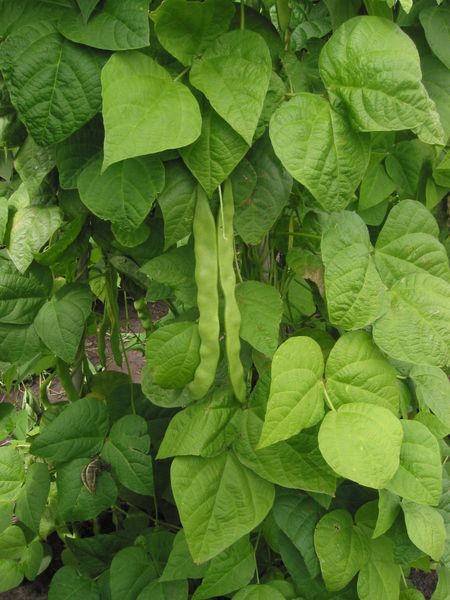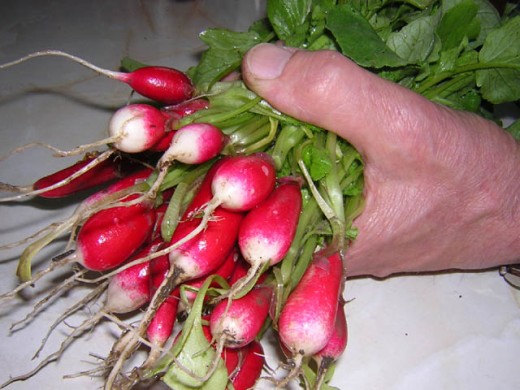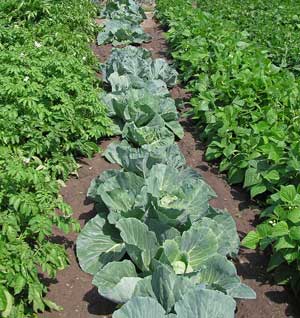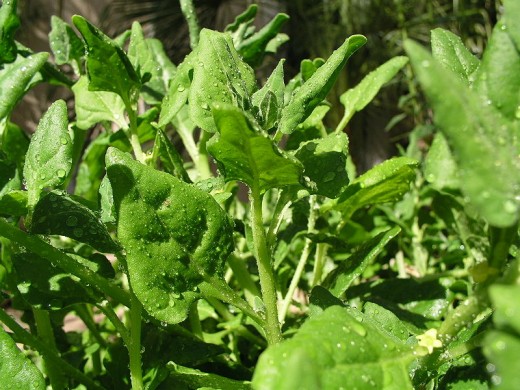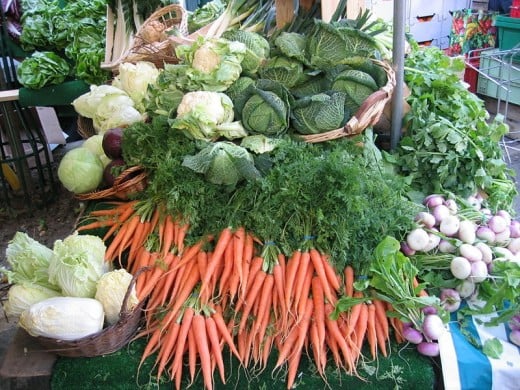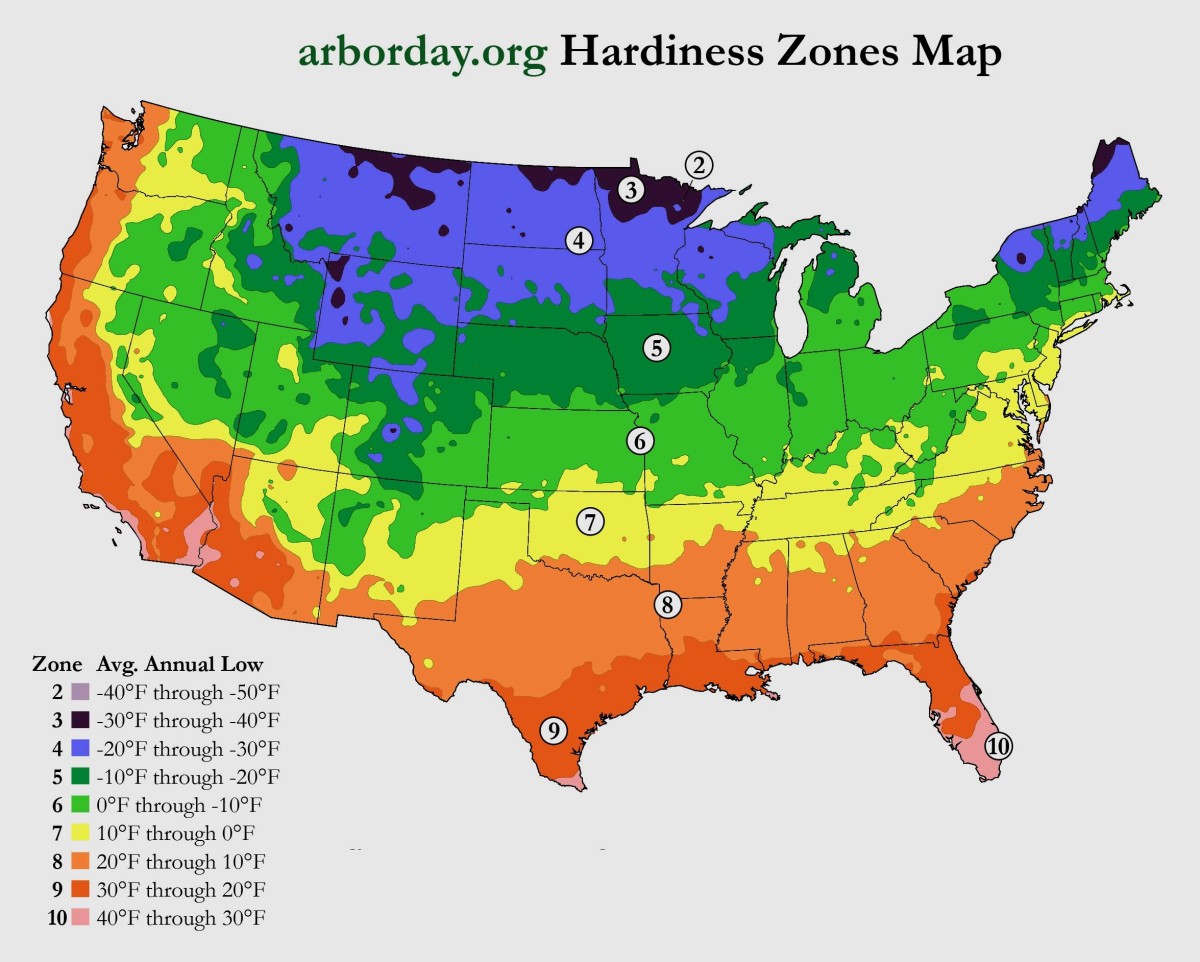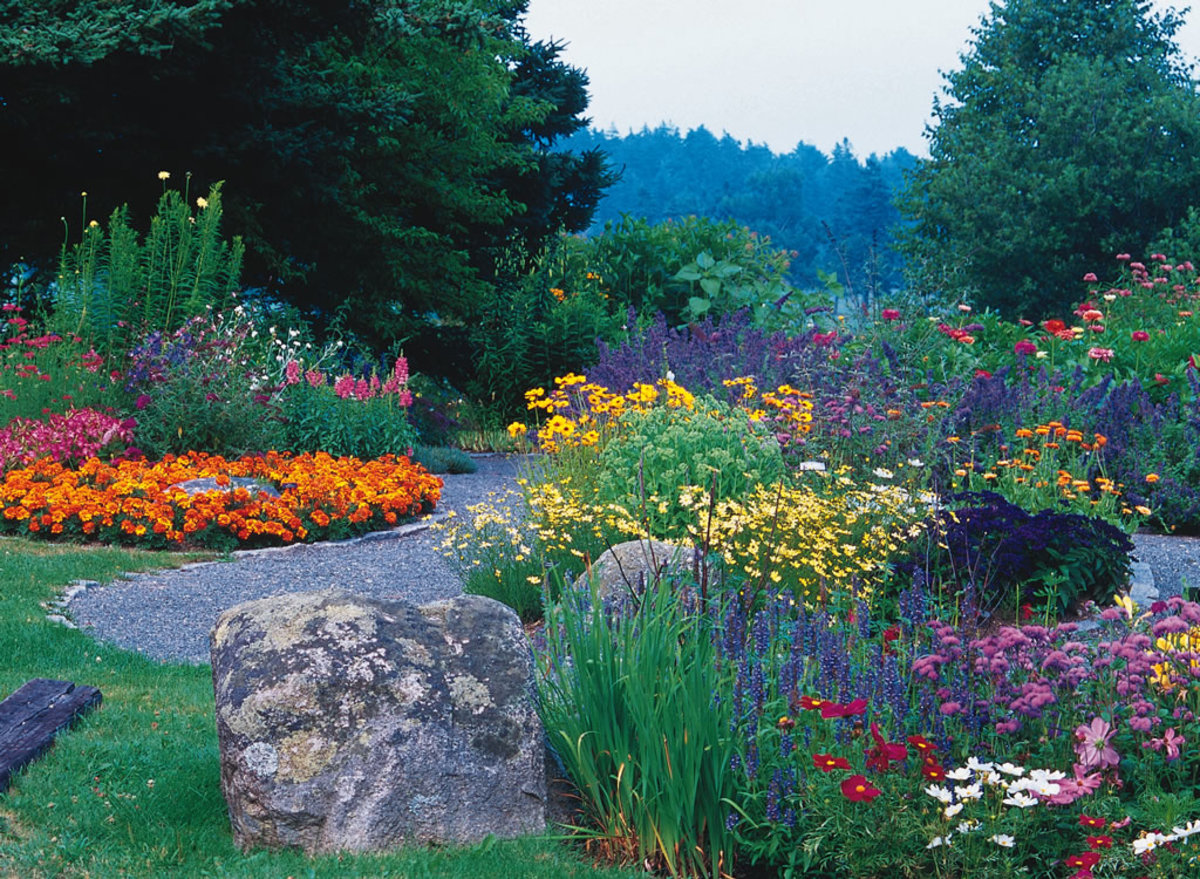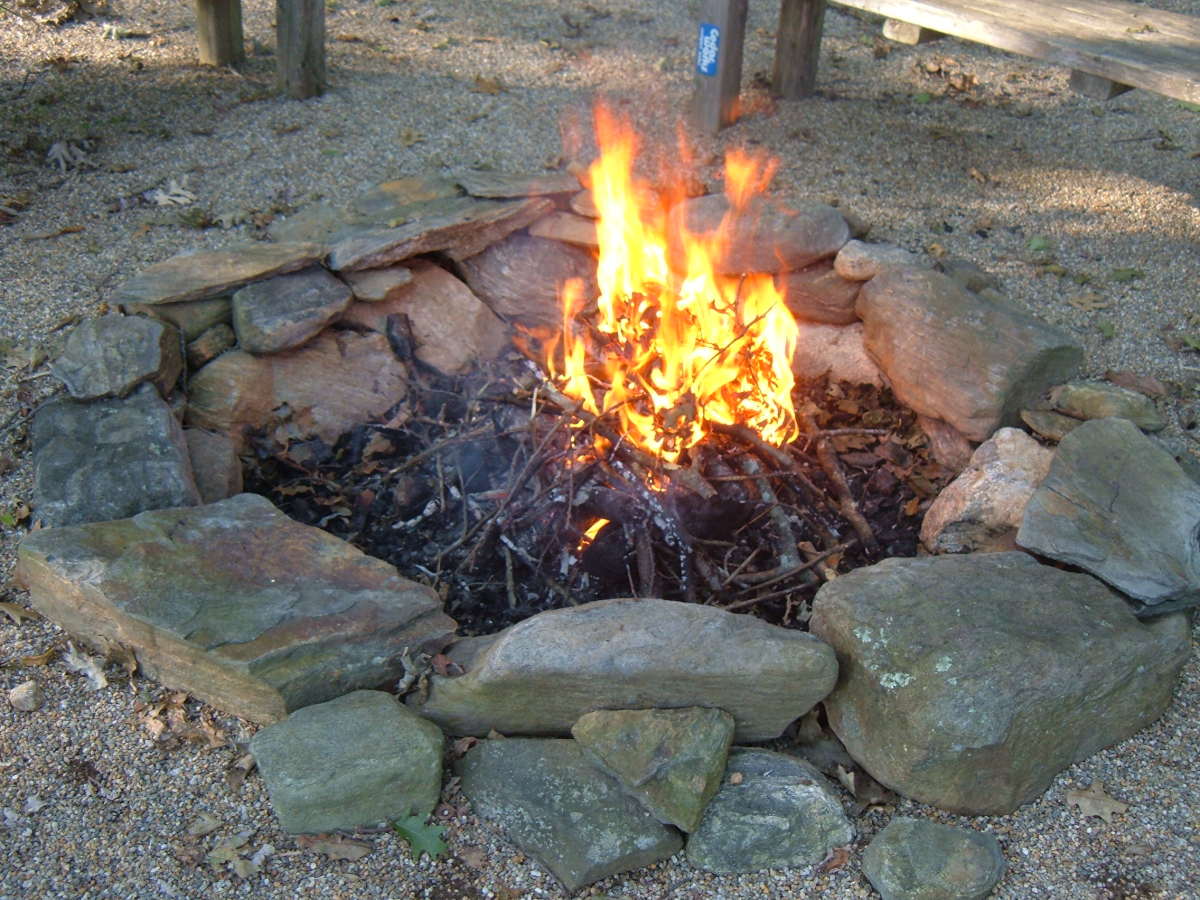Cold Weather Gardening
Plan Early
With a bit of preparation now and throughout the summer, you can extend your garden harvest by a month or two.
How can you get fresh lettuce for Thanksgiving, spinach for salad at Christmas or Chinese cabbage or broccoli for a New Year's feast?
By timely planting, sensible care, and some frost protection. The choice of cultivars can help, too. The flavor of parsnips, kale and brussel sprouts is much improved by a couple of good frosts.
You can keep hardy plants alive longer in the fall with a little protection on frosty nights. And, by digging up young roots, and potting the in planters that are brought inside, you can even savor your greens earlier in the spring.
If your garden uses raised beds, you one step further on already. Raised beds will have warmer soil, so your plants will survive longer. Also, they are more easily protected with covers.
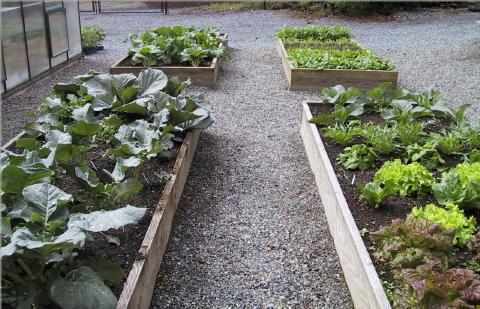
Plant and Re-plant
The key to planning a garden that laughs at the cold is making continual and varied plantings. Plant your spring crops of broccoli, brussel sprouts, carrots, kale, chard and beets in May, but make further plantings in June.
Lettuce, radishes and spinach can be repeat planted in late August and into September. Check the seed catalogs to find cultivars that have been bred to endure lower temperatures. You can plant these hardy varieties earlier in the spring, and enjoy them later into the fall.
Cold Temperature Tolerance of Vegetables
Tender Vegetables (damaged by light frost)
Beans, cucumber, eggplant, NewZealand spinach, pepper, pumpkin, squash, okra, corn, tomato, melons.
Semi-Hardy Vegetables (tolerate light frost)
Beets, carrots, cauliflower, celery, chard, Chinese cabbage, endive, lettuce, parsnip, potato, salsify.
Hardy Vegetables (tolerate hard frost)
broccoli, brussel sprouts, collard, cabbage, kale, kohlrabi, onions, parsley, peas, radish, spinach, turnip.
(Thanks to http://www.hort.purdue.edu/ext/fallgarden.html)
A Vegetable Gallery
Click thumbnail to view full-size






How can you care for your late season plants?
Water and fertilize them generously in early fall, but water them sparingly from then on, so no new tender growth is produced. A dose of seaweed extract sprayed on the leaves in early fall will supply necessary minerals.
Mulch your fall crops. Tuck dry leaves, straw or pine needles around them, or hill them with loose soil. This will give extra protection. You can even toss some of the straw over the plants for more insulation. As side benefit is that this mulch will enrich your soil for next year's planting.
Pinch the growing tips as fall approaches, so the plant's energy and nutrients go into vegetable production. This works well with cucumbers, melons and squashes. Nip out the top leaves from brussel sprouts to encourage the sprouts developing along the stem.
Blanket your plants to keep away the cold. You can use floating row covers for this, offering a few degrees of protection for tomatoes, lettuce, and plants that succumb to frost. These are lightweight blankets of polyester or polypropylene, and can be bought in long sheets that you can easily cut to your row size. Drape the cover over the row, and make sure the edges are securely held down with soil, stones, sticks or whatever you have that is easily removed. They are porous enough for rain to go through, and let in enought light, keeping the plants and soil warmer all day. They are reusable for a couple of seasons.
Another way to blanket your plants is to use plastic tunnels of clear poly, supported every few feet with U-shaped hoops of wire or hose. These need to be ventilated, usually at the ends, and because they shed rain, you'll have to ensure the plants don't dry out.
Umbrella shaped greenhouses can be made easily for covering a small group of plants. They are made by creating a dome shape that is covered with clear plastic. Two hoops of black hose, crossed at the center and wired together can form the frame.
You can use your cold frame to keep newly transplanted young plants growing in the fall. Lettuce and endive will survive there for your late fall salads.
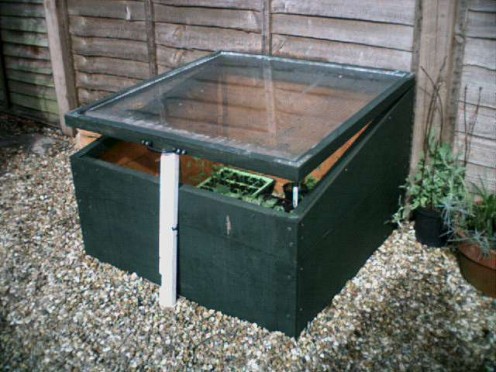
Read More About Raised Beds
- Advantages of Raised Bed Gardening
Raised bed gardening offers many advantages over traditional

